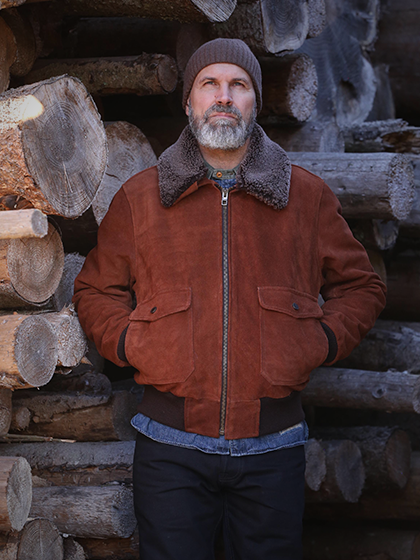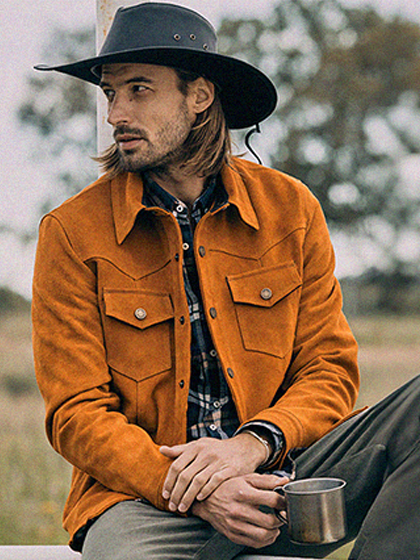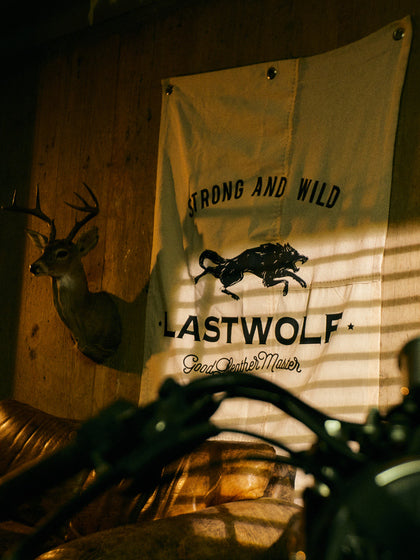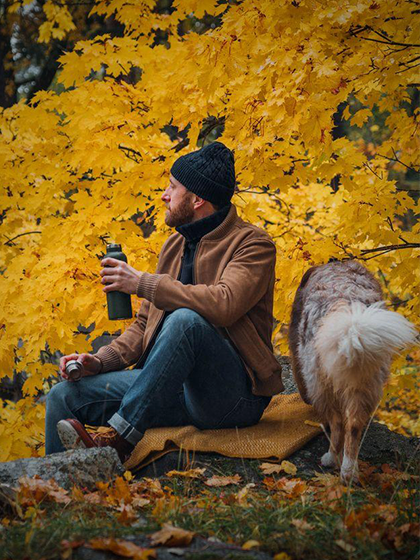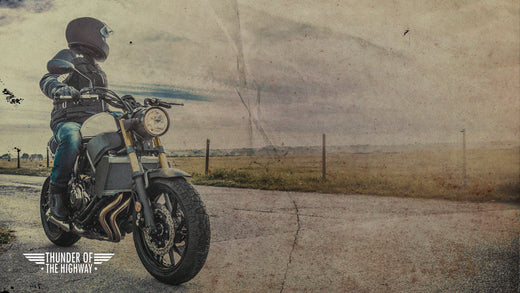One of the most important economic activities worldwide and for this nation has been the development of agriculture and livestock. An activity whose history is full of contrasts and hard work, but which has generated an entire culture and a highly representative tradition of America.
Visiting some great friends in South Texas, the road took me to a small town called Kingsville, whose history is closely tied to the famous Kings Ranch. The largest ranch in the United States that is wrapped in traditions, culture, research and development, high technology, and science.

It has come to be known that agriculture as a human activity began 10,000 years BC in a land that became known as the FERTILE CRESCENT to the east of the Mediterranean Sea. Hunter-gatherers, who had traveled to the area in search of food, began harvesting (gathering) wild grains that they found growing there. So, they spread spare grains on the ground to grow more food. This area had regular rainfall, which made it ideal for growing grain and for raising herds of herbivorous animals such as sheep and goats.
HOW HAS AGRICULTURE CHANGED PEOPLE'S LIVES?
Before agriculture, people lived by hunting wild animals and gathering wild plants. When supplies ran out, these hunter-gatherers moved on. Farming meant that people did not need to travel to find food. Instead, they began to live in settled communities and farmed or raised animals on nearby land. They built stronger, more permanent homes and surrounded their settlements with walls to protect themselves.

Around 9,000 BC, people already stored grains during the winters and then planted them in specially cleared plots. By 8,000 BC, farmers had figured out which grains gave the best yields and selected them for planting. They were able to produce more food than they needed and trade food for various kinds of useful tools and goods from non-farmers.
This gives rise to domestication, which is the process of making wild plants and animals more useful to humans, through the selection of seeds and breeding. Farmers select and plant only the best seeds from their latest harvest. Wild cattle were selectively bred so that the herd is docile and easy to control.

While in Kingsville I wasn't going to miss the chance to tour Kings Ranch and learn about the interesting history of the largest ranch in America.
In 1853, Captain Richard King, born in New York to an Irish family, purchased a creek-fed oasis in the Wild Horse Wilderness of South Texas and established King Ranch.
By the end of the Civil War, King Ranch had grown to 146,000 acres and already had thousands of head of cattle. However, transporting these cattle to market was a major challenge, traversing a thousand miles of dangerous wilderness to Midwestern rail stations where they could be sold.

King Ranch currently covers 825,000 acres, which is more land than the state of Rhode Island. For more than 160 years, King Ranch pioneered some of the earliest cattle drives, developed new breeds of cattle, and was the creator of the best Quarter Horses producing champions Thoroughbreds.
King Ranch is today perhaps the most important agribusiness with highly diversified interests in ranching, agriculture, research, luxury retail, and recreational hunting as well as many businesses in different areas.
WHAT WERE THE FIRST DOMESTICATED ANIMALS?
Dogs were the first animals to be domesticated around 12,500 BC. They were descended from wild wolf pups that had learned to live with human families, who fed and petted them. Around the year 10,000 BC., hunters managed wild herds of gazelles, sheep, and goats, tending them, and slaughtering the weakest for food. Around 7500 BC., farmers took the best animals from their herds to raise them for meat and milk.
HOW DID LIVESTOCK AND AGRICULTURE ARISE IN THE UNITED STATES?
Ranch farming, or ranching, originated with the imposition of European ranching techniques on the vast open grasslands of the New World. Spanish settlers introduced cattle and horses to the Argentine and Uruguayan pampas and mountain ranges of Mexico, in the early colonial period. Herding these animals quickly spread to what is now the southwestern United States.

By the early 19th century, the ranching had become an economic mainstay of the North American mountain ranges. Its importance in the territorial United States increased as the progressive clearing and cultivation of grazing lands in the east brought cattle herders west in search of new pastures.
The Homestead Act of 1862 in the United States led to the establishment of many grassland farms that would expand into the huge western ranches of the late 19th century. Shifting ranching reached its peak in the 1880s, when millions of head of cattle grazed the pastoral empire of the plains.

The cowboy as an emblematic figure emerged during this period, essentially as a rancher on horseback, moving from camp to camp, herding cattle on unfenced public pastures. Semi-annual roundups were held to brand the calves and separate the steers to drive north and east for fattening and slaughter. There arises one of the most important cultures to this day and of great impact on working, gastronomy, clothing… a lifestyle.

King Ranch continued to consolidate and foster a culture of quality giving a true testament to Captain King's compromise, which improved domesticated longhorn breeds and were some of the first hoofed animals to be part of the first cattle drives to North Texas.
With a great sense of adventure, Richard King maintained his vision and ability to seize new business opportunities. He even invested in the construction of railways to bring the cattle closer, packing houses, ice plants to keep the meat fresh, and generating improvements to the port of Corpus Christi developing the necessary infrastructure to bring the product to market in the most efficient way possible.
Defying adversity, Richard King tamed the land and forever revolutionized the business of ranching. By the time of his death in 1885, Richard King had created a legacy that would be known far and wide as the birthplace of American ranching.
Having had the opportunity to visit King Ranch properly dressed in a good hat, my exceptional cowboy boots, and my trucker jacket, allowed me to understand and appreciate one of the traditions and cultures that shaped this nation. A road trip to remember. A journey in time.
KNOW OUR SEQUOIA TRUCKER SUEDE JACKET

